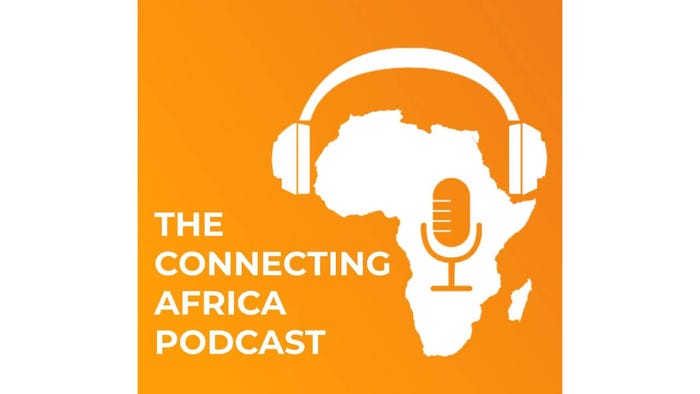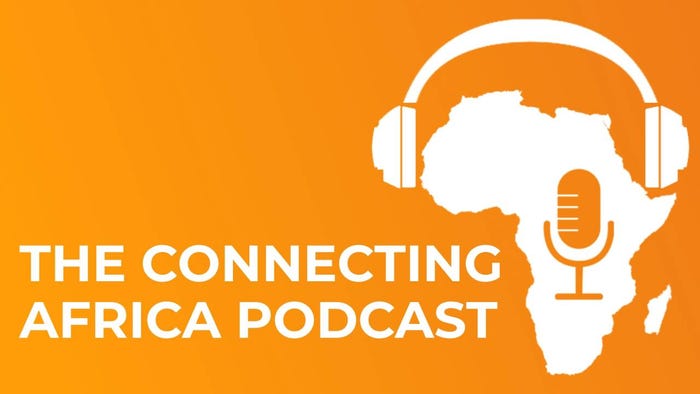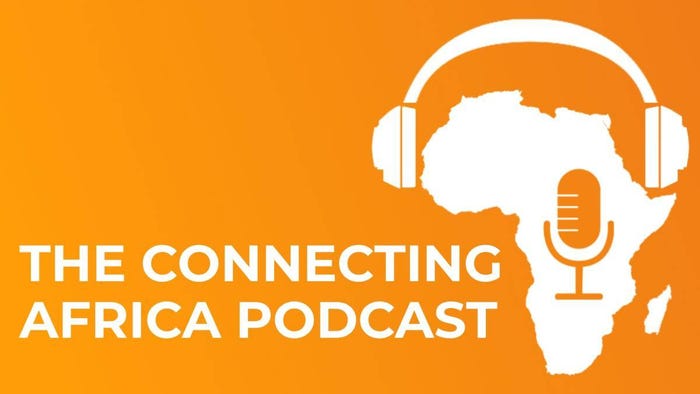Nigeria launches own LLM, Kenya accelerates fiber rollout
Nigeria's Ministry of Communications, Innovation, and Digital Economy has launched the country's first multilingual large language model (LLM), while Kenya speeds up its fiber rollout.

Two African countries have accelerated their digital transformation goals recently.
Firstly, Nigeria's Ministry of Communications, Innovation, and Digital Economy has launched the country's first multilingual large language model (LLM) aimed at assisting its artificial intelligence (AI) strategy.
Secondly, the Kenyan government has announced that its ambition to rollout 100,000 kilometers of optical fiber to underserved areas, initially expected to take five years, could now be realized in the next two years.
Nigeria's Communications Minister, Dr Bosun Tijani, announced the launched of the LLM after the conclusion of a four-day AI workshop held in the country's capital, Abuja.
The launch of the AI tool was the result of a collaboration involving Nigerian AI firm Awarritech, global tech company DataDotOrg, the National Centre for AI and Robotics (NCAIR) and the National Information Technology Development Agency (NITDA).
"The LLM will be trained in five low-resource languages and accented English to ensure stronger language representation in existing data sets for the development of artificial intelligence solutions. The project will also be supported by over 7,000 fellows from the 3MTT Nigeria program," Tijani said.
With this development, Nigeria hopes to capitalize on the thriving AI market. Tijani also added that after four days of collaborative work involving over 120 AI experts, Nigeria has drafted its initial National AI Strategy and announced significant advancements and partnerships for accelerating the country's AI development.
The minister said the country's National AI Strategy has received US$3.5 million in seed funding from interested partners.
Kenya speeds up fiber rollout
The Kenyan government has announced that its ambition to roll out 100,000km of optical fiber to underserved areas, initially expected to take five years, could now be realized in the next two years.
The announcement comes after the East African country said it would scrap the method of laying cables underground but will instead use existing infrastructure of the Kenya Power and Lighting Company (KPLC) parastatal.
This means that these fiber cables would run alongside electrical lines.

Kenya said it would scrap the method of laying cables underground but fiber cables would now run alongside electrical lines. (Source: Image by wirestock on Freepik).
Kenya's Cabinet Secretary for Information, Communications, and the Digital Economy, Eliud Owalo, announced this during the two-day Digital Transformation in East Africa conference held at the Aga Khan University in Nairobi.
"As opposed to digging down the ground to lay fiber, we have engineered our model through a partnership between our ministry and the KPLC, where we are now going to leverage on the infrastructure of the KPLC to rollout the fiber," Owalo added.
"If we go that route, which is now work in progress, it is our estimation that as opposed to the five years within which we are envisaged to roll out 100 000km, we will now be able to roll out the 100,000km of fiber within the next two years," Owalo continued.
Furthermore, Owalo said that if there is last-mile connectivity of electricity the government be able to have last-mile connectivity of fiber in the country.
The announcement follows the Communications Authority of Kenya (CA) and the ICT Authority (ICTA) signing an agreement to deploy fiber in 19 underserved and unserved counties.
Related posts:
*Top image source: Freepik
— Matshepo Sehloho, Associate Editor, Connecting Africa
_(1).jpg?width=100&auto=webp&quality=80&disable=upscale)
_(1).jpg?width=400&auto=webp&quality=80&disable=upscale)
.jpg?width=700&auto=webp&quality=80&disable=upscale)
_(1).jpg?width=700&auto=webp&quality=80&disable=upscale)
_(1).jpg?width=700&auto=webp&quality=80&disable=upscale)
.jpg?width=700&auto=webp&quality=80&disable=upscale)
.jpg?width=700&auto=webp&quality=80&disable=upscale)
.jpg?width=700&auto=webp&quality=80&disable=upscale)
.jpg?width=700&auto=webp&quality=80&disable=upscale)
.jpg?width=700&auto=webp&quality=80&disable=upscale)


.jpg?width=700&auto=webp&quality=80&disable=upscale)
